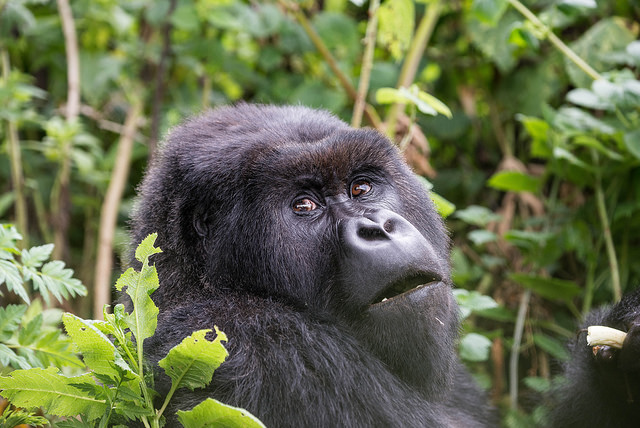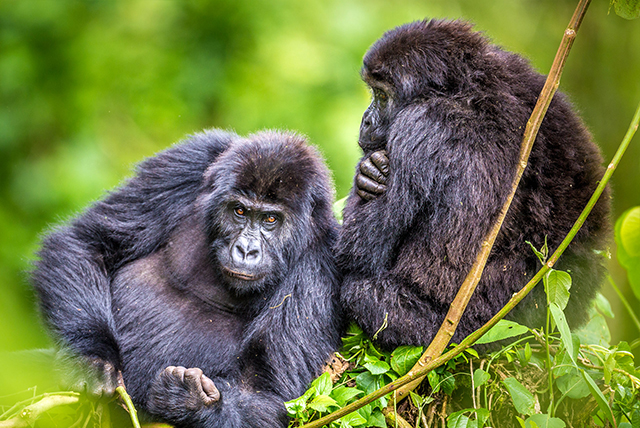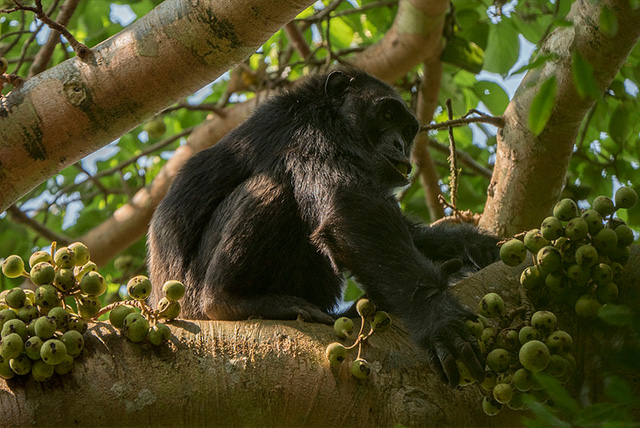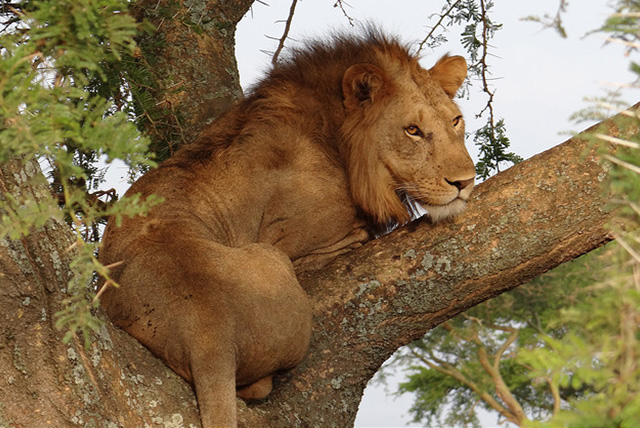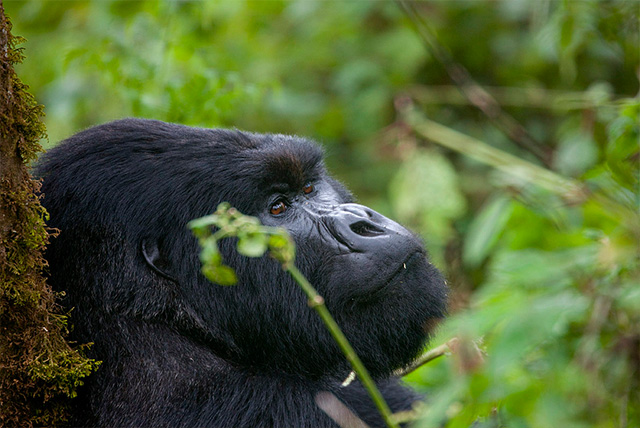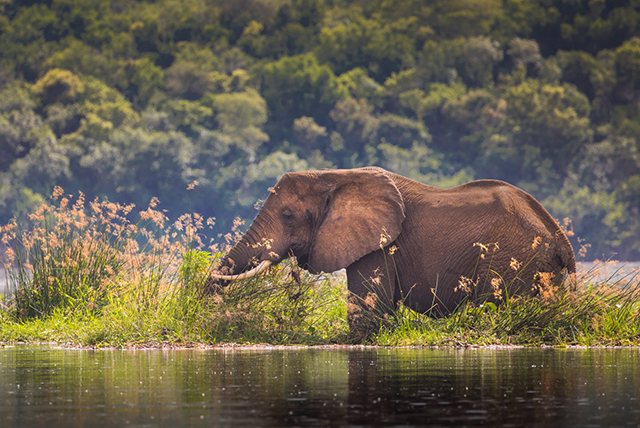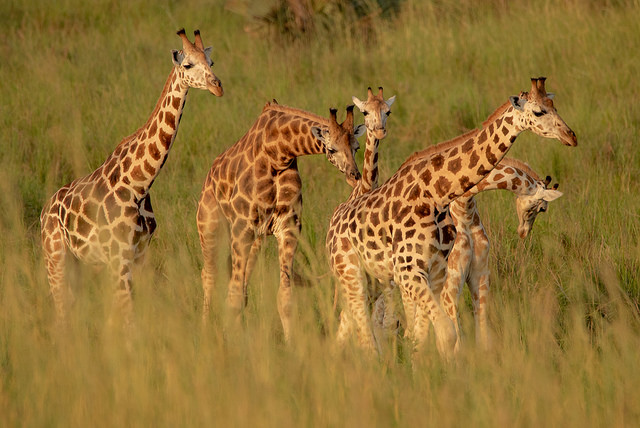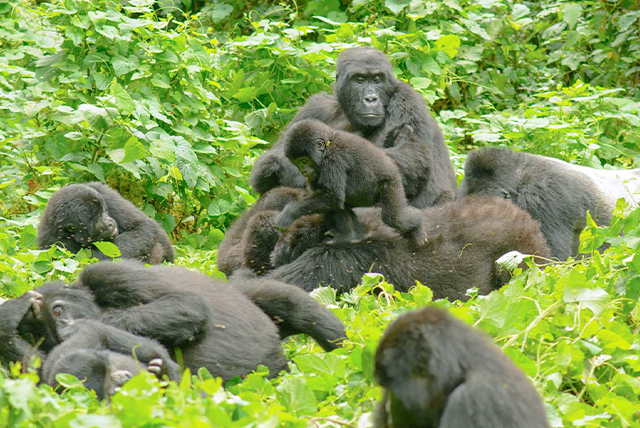Best gorilla tours in Africa
Experience the thrill of gorilla trekking in Uganda, Rwanda, and the Congo.
The experience of interacting with untamed gorillas in person is unparalleled in Africa. These safaris are enhanced by the inclusion of trekking in a limited number of remote locations, which provides an element of exotic adventure that is difficult to replicate on any other itinerary. The encounter with wild gorillas is regarded as a once-in-a-lifetime travel experience due to the fact that the species is on the verge of extinction and treks are a strongly restricted activity.
We are honored to endorse trekking tourism, which directly contributes to the preservation of rainforest habitats and the conservation of both mountain and western lowland gorillas. The mountain gorilla population has stabilized as a result of the income generated by tourism. This development provides optimism for the future of western lowland gorillas, who have recently begun to experience tourism in their Congo rainforest.
What to Anticipate During a Gorilla Trek
For a gorilla trek, it is necessary to be in good health, reasonably fit, and prepared for the humid, muddy conditions of a rainforest hike. Gorillas are susceptible to human illnesses but lack our immunizations, which means that a common cold can be fatal to an entire family of gorillas. If you are unwell, you will not be allowed to trek. The rainforest remains a difficult environment, even during the dry season, due to its humid, muddy, and precipitous slopes, as well as its dense vegetation and abundance of insects. Spending time with gorillas in their natural habitat is an endeavor that is entirely worthwhile; however, it is important to anticipate the physical demands of the expedition.
Your professional tracker and guide will conduct you along the forest’s concealed pathways in search of a habituated gorilla family. Upon discovery, you will approach the gorillas in a calm manner and settle down to observe them from a distance of 7 to 10 meters (22 to 32 feet). The gorillas will be your companions for a period of 40 minutes to an hour, during which you will observe the adults foraging and grooming each other, while the infants engage in play and tumble. The great silverback patriarch, whose soft brown eyes continuously sweep over his family protectively, will be watching over you. One of the reasons that gorilla trekking is such a life-changing experience is the genuinely profound experience of witnessing gorillas express emotions and gestures that are typically associated with humans.
In the Congo, you will be required to wear a face mask to safeguard the gorillas from human pathogens and an optional fly net to prevent the harmless (and stingless) but determined sweat bees from disturbing you. In Rwanda and Uganda, you will leave any personal objects or bottled water you are carrying with your porters and approach the gorillas with only your camera. Flashes are prohibited, and it is advisable to employ a camera that does not emit loud clicks, whirring, or other mechanical sounds.
Chimpanzee Trekking
Although you may encounter chimpanzees and other primate species during your gorilla trek, there are numerous exceptional chimpanzee trekking destinations, such as the forested regions of Uganda’s Queen Elizabeth and Murchison Falls national parks, as well as Kibale Forest in Tanzania and the Gombe Stream in Uganda.
Trekking with chimpanzees is a distinct experience from trekking with gorillas. Chimpanzees are frequently observed in less challenging trekking terrain than gorillas; however, they are more cautious of humans and more difficult to locate. The only chimp families that have been habituated in Kibale Forest provide a comparable experience to gorilla trekking.

